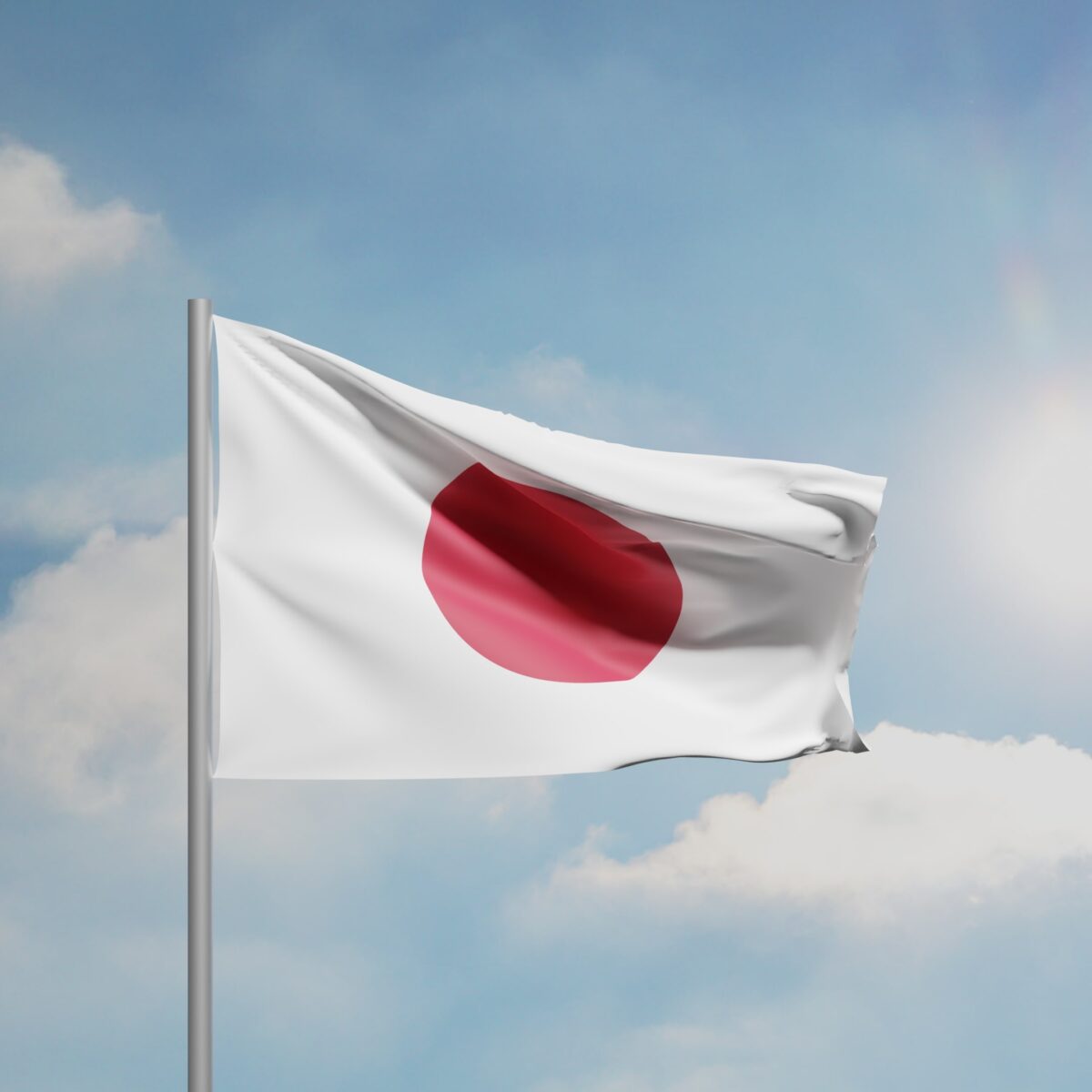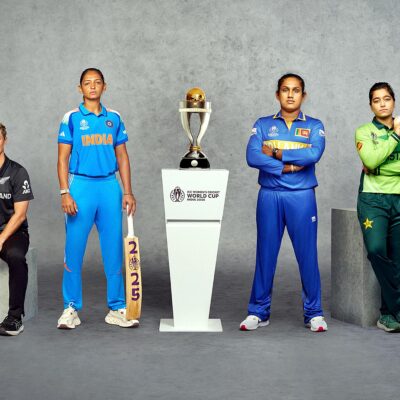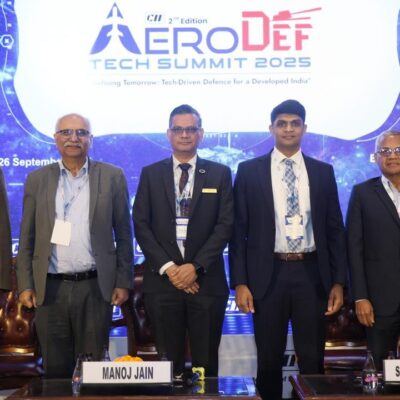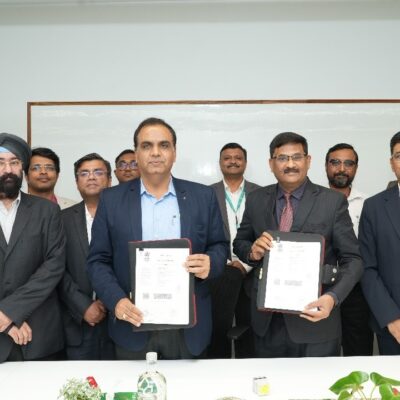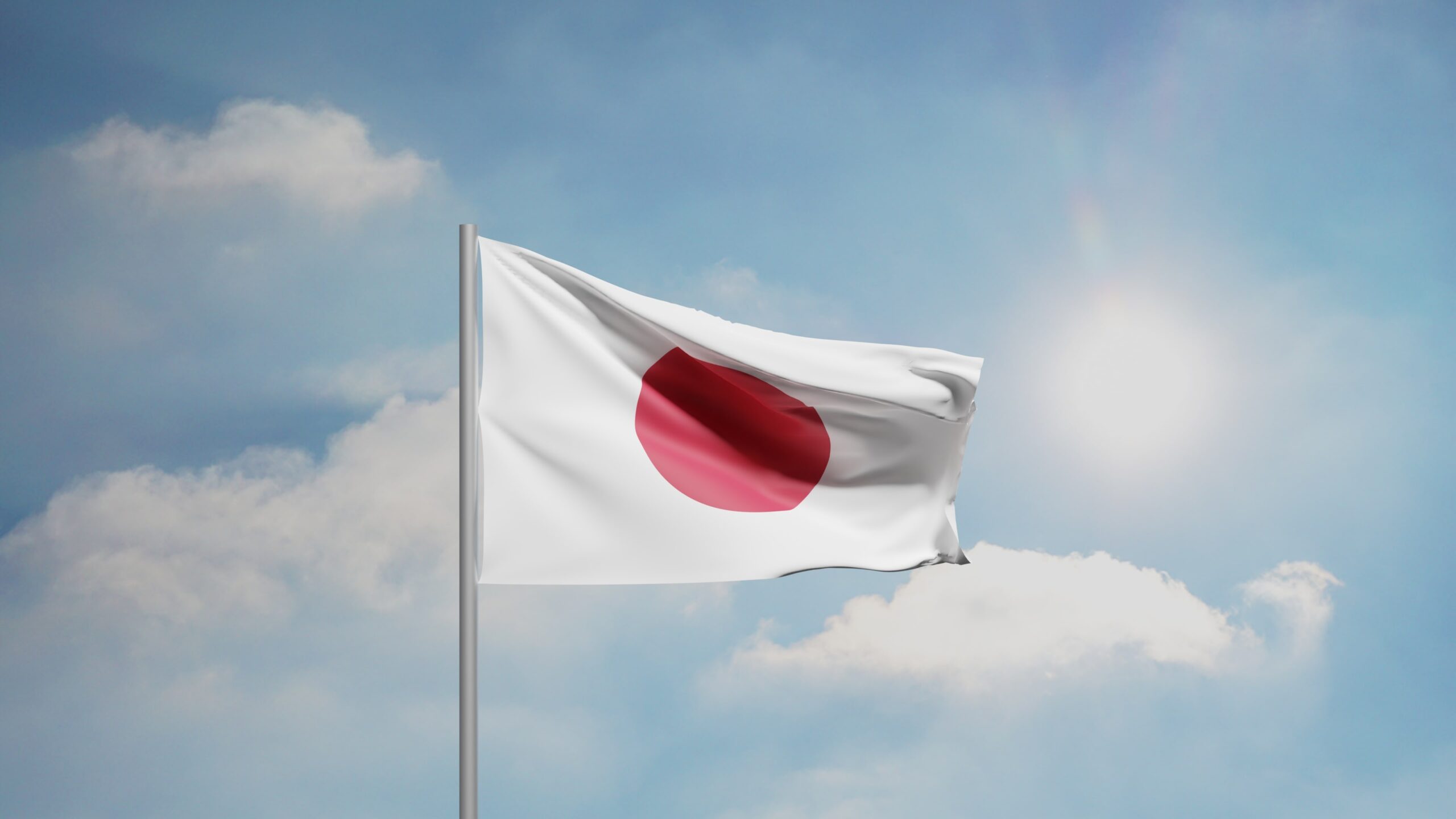
Bengaluru: In a quiet lab nestled within Nara Medical University, a team of Japanese scientists may have just rewritten the rules of life-saving care. They have created something once considered the stuff of science fiction — universal artificial blood that works for all patients, carries no infection risk, and needs no refrigeration.
If successful, this invention won’t just supplement modern medicine — it could transform it.
Led by Professor Hiromi Sakai, this pioneering research has brought the world closer to solving one of healthcare’s most pressing challenges: the global shortage of safe, compatible blood.
With millions of lives lost every year due to trauma, surgeries, and childbirth complications — often due to lack of timely access to blood — this innovation offers a simple but radical solution: blood that is always ready, for everyone, anywhere.
A crisis hidden in plain sight
Every year, over 118 million blood donations are collected globally. Yet, according to the World Health Organization, this isn’t nearly enough. Countries like India face chronic shortages — with some regions operating at only 10 percent of their needed blood supply. Rural hospitals struggle with storage. Military medics operate in chaos. Disaster zones become triage nightmares.
And in these moments — when every second counts — lives are lost not because there isn’t help, but because there isn’t compatible blood.
The breakthrough: NMU-HbV — The universal red cell
The Japanese team’s artificial blood, known as NMU-HbV, mimics the oxygen-carrying function of red blood cells. At its core is purified haemoglobin, the molecule that delivers oxygen to tissues. By enclosing it in lipid vesicles — microscopic bubbles just 250 nanometres wide — the team has created a cell that can flow through capillaries like natural blood, without triggering immune rejection.
“Matching blood types takes time. Artificial red cells remove that barrier, making transfusions faster and potentially life-saving,” said Prof. Sakai in an interview with The Japan Times.
These cells do not carry surface antigens, so they are compatible with all blood types. They’re also virus-free, drastically reducing risks of HIV, Hepatitis B or C transmission — a major concern in underregulated transfusion systems, he adds.
Life beyond the fridge
Perhaps the most game-changing feature of NMU-HbV is its shelf-stability.
Traditional blood must be refrigerated and used within 42 days. In contrast, NMU-HbV can last:
- Two years at room temperature
- Five years under refrigeration
- Or, in its powdered form, indefinitely — ready to be mixed with water on-site
This is a literal lifeline for conflict zones, disaster-struck regions, or villages far from urban hospitals. Imagine air-dropping vials of powdered blood into a flood-hit village, or carrying it in a soldier’s pack through desert warfare, or even aboard a spacecraft. It’s blood without boundaries.
Trials, trust, and triumph
Clinical trials have already begun. In early human testing, healthy volunteers were given small transfusions of NMU-HbV, with no serious side effects. Current trials are expanding the dosage to evaluate performance during simulated trauma care. Early data is promising — in animal models like rabbits with severe blood loss, survival rates matched those of real blood transfusions.
“These are not full replicas of human blood,” researchers admit. “They don’t have white cells or platelets. But in trauma, what matters first is oxygen. And these cells deliver,” they add.
The Japanese Ministry of Health is supporting fast-track trials, hoping for mainstream use by 2030.
A ray of hope for countries like India
India, a country of 1.4 billion, has long struggled with blood shortages, worsened by poor donation rates, infrastructure gaps, and stigma. A recent Lancet study ranked it among nations with the worst blood access per capita.
This is where NMU-HbV could have the most profound impact — no matching, no cold chain, no expiry worries. In remote PHCs, on highways with rising accident rates, and in maternity wards dealing with postpartum haemorrhage — artificial blood could mean the difference between life and death.
Ethical, economic, and global questions
While the science dazzles, practical challenges loom: manufacturing costs, regulatory approvals, and potential over-commercialization. Will artificial blood be priced fairly? Will poorer countries get access first, where it’s needed most?
Professor Sakai’s team is clear: this isn’t meant to replace voluntary blood donation. It’s a safety net — to ensure that no one, anywhere, bleeds to death because their blood type wasn’t available.
Meanwhile, countries like the U.S., South Korea, and Germany are closely watching Japan’s progress. Talks of international collaboration and licensing have already begun.
Humanity’s lifeline — Re-imagined
This isn’t just a medical breakthrough. It’s a humanitarian leap. In the face of war, disaster, and inequality, universal artificial blood offers hope not just to those in operating rooms — but to the world itself.
Imagine a future where ambulances no longer carry blood type charts, where battlefield medics don’t wait for choppers, where childbirth complications in Bihar or Burkina Faso are no longer death sentences. That future is now within reach.
And it began with a question: What if blood could be for everyone?
(Written with inputs from Nara Medical University reports, The Japan Times, The Lancet, WHO data, and clinical trial documentation)

